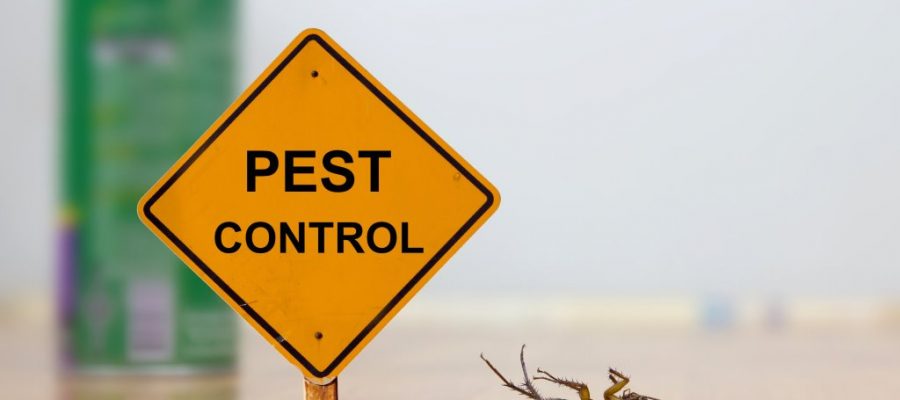Cost-Effective and Effective Services by Pest Control Lockhart
Cost-Effective and Effective Services by Pest Control Lockhart
Blog Article
Discovering Infestation and Therapy Techniques in the World of Parasite Control
The landscape of pest control encompasses a myriad of obstacles, particularly as problems of usual family bugs continue to develop. By integrating preventive actions with sophisticated management techniques, such as Integrated Parasite Administration (IPM), homeowners can much better protect their atmospheres.

Common House Vermin
When it comes to handling our home, recognizing typical house pests is crucial. These bugs not just disrupt our comfort but can likewise present wellness threats and damages building. One of the most widespread family bugs include ants, cockroaches, rodents, termites, and bed pests.
Ants, commonly seen foraging in kitchen areas, can contaminate food and develop large colonies. Roaches, recognized for their resilience, can cause allergies and spread virus. Rats, including computer mice and rats, can trigger architectural damage and bring conditions like hantavirus and salmonella. Termites, typically described as "quiet destroyers," can jeopardize the integrity of wooden structures, resulting in expensive repair work. Bed insects, although not illness providers, can cause substantial discomfort with their attacks and cause emotional distress.
Identifying the indicators of these pests, such as droppings, nests, or attack marks, is important for early intervention (Pest Control Lockhart). Proper sanitation practices, sealing access factors, and maintaining a clutter-free setting work preventative steps. By identifying these typical home parasites and understanding their actions, property owners can take proactive actions to minimize invasions, ensuring a much healthier living setting
Understanding Parasite Infestations
Insect invasions can intensify swiftly, transforming a small inconvenience right into a considerable trouble if not addressed quickly. Common elements contributing to problems include bad hygiene, structural vulnerabilities, and seasonal adjustments that drive insects inside.
Recognizing the type of bug is necessary, as various species show different actions and reproductive prices. As an example, rats might develop nests in covert areas while insects like cockroaches thrive in wet atmospheres. Early detection usually pivots on recognizing indicators such as droppings, gnaw marks, or unusual noises, which can indicate a problem before it ends up being severe.
Cozy, moist environments can promote the fast development of parasite populations, while changes in landscape design or construction can accidentally develop conducive settings. An informed strategy to understanding these dynamics lays the foundation for effective bug management techniques in the future.
Therapy Methods and Methods
Effective treatment methods and methods are necessary for alleviating parasite invasions and recovering a secure setting. A diverse strategy is frequently best, including chemical, organic, and mechanical methods customized to the specific bug and the severity of the problem.
Chemical therapies include making view publisher site use of pesticides and click for more herbicides, which can properly eliminate parasites. Proper application and adherence to safety and security guidelines are important to lessen risks to humans and non-target microorganisms. Integrated Insect Management (IPM) motivates the judicious usage of chemicals as a last hotel, depending instead on monitoring and limit levels to figure out treatment needs.
Biological control approaches entail introducing all-natural killers or parasites to reduce parasite populaces. This method is progressively prominent, especially in farming setups, as it advertises environmental sustainability.
Mechanical techniques, such as catches and barriers, supply immediate remedy for pests without introducing chemicals. Alternatives include sticky traps for pests or physical barriers for rodents.
Eventually, the choice of therapy technique should think about the details insect, the environment, and prospective impacts on human wellness and environments. A balanced mix of these techniques can effectively manage invasions while promoting lasting parasite control options.
Safety Nets for House
Proactively addressing parasite concerns before they escalate is essential for preserving a healthy home atmosphere (Pest Control Lockhart). Carrying out effective safety nets can considerably reduce the possibility of invasions, inevitably guarding both your property and wellness

Proper landscaping also plays an important function you could try these out in prevention. Maintaining hedges and trees cut away from the home lowers the opportunities of insects locating their way inside. In addition, make certain that drainage systems are operating effectively to avoid standing water, which can draw in insects and other insects.
Last but not least, routine evaluations are recommended. Frequently inspecting for indications of parasite task permits very early treatment. By taking on these precautionary actions, property owners can develop a setting that is less friendly to bugs, thus boosting their general high quality of life and reducing the requirement for comprehensive bug control treatments.
Industrial Pest Control Methods
A detailed method to industrial insect control is necessary for companies intending to maintain a secure and sanitary environment. Effective approaches entail a combination of normal assessments, staff member training, and the application of Integrated Parasite Monitoring (IPM) practices.
Routine inspections make it possible for very early discovery of bug task, permitting for prompt intervention. Companies should create a routine timetable for these analyses, concentrating on high-risk locations such as cooking areas, storeroom, and waste disposal sites. Worker training is equally vital; staff should be informed on the signs of bug problems and the relevance of reporting them instantly.
Carrying out IPM practices assists mitigate insect concerns sustainably. This includes environment adjustment, such as sealing entrance factors and decreasing mess, along with using natural deterrents prior to resorting to chemical treatments.

Furthermore, working together with an accredited pest control supplier makes certain access to specialist knowledge and sophisticated treatment choices. This collaboration can lead to tailored pest control intends tailored to the specific needs of business, lessening risks and enhancing overall efficacy. Eventually, a positive and educated strategy promotes a pest-free environment, protecting both public health and wellness and service online reputation.
Final Thought
In final thought, effective insect control requires an extensive understanding of common house insects and their actions, paired with targeted treatment approaches. Executing precautionary measures along with therapy methods such as Integrated Insect Monitoring and organic control enhances the ability to alleviate problems.
Report this page